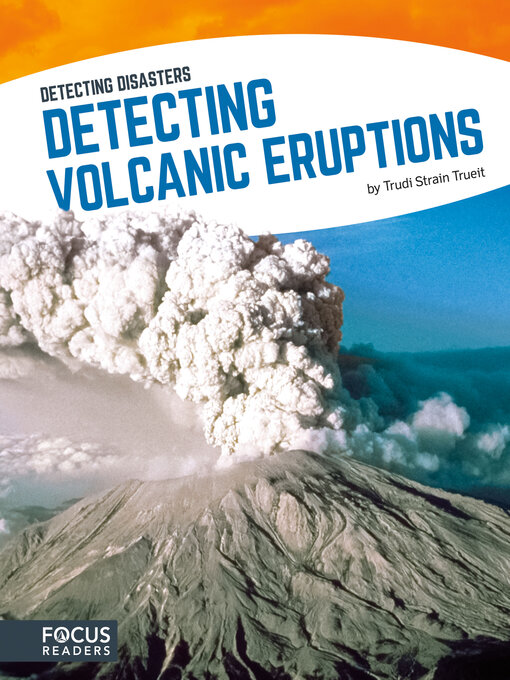- Available now
- New eBook additions
- New teen additions
- Popular Fiction
- Try something different
- See all ebooks collections
- Available now
- New audiobook additions
- New kids additions
- New teen additions
- Popular Non-Fiction
- Try something different
- See all audiobooks collections


